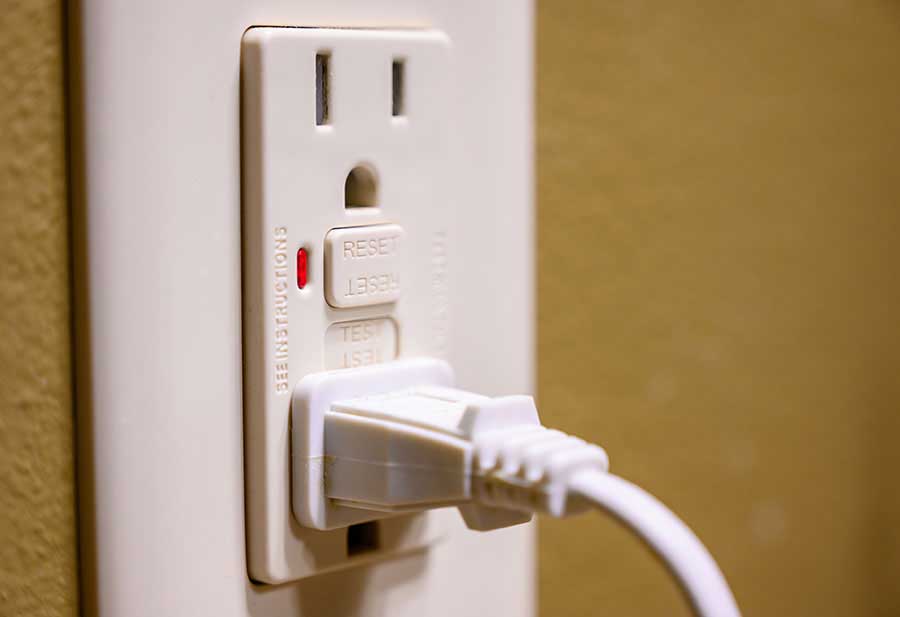Understand GFCI Outlets: What are They and How Do They Protect Your Home?

When it comes to home safety, most people think about smoke alarms, carbon monoxide detectors, and security systems. However, one critical feature that often gets unnoticed is the GFCI outlet – an unsung hero in protecting your home from electrical hazards.
What is a GFCI Outlet?
A ground fault circuit interrupter (GFCI) is a special type of outlet designed to prevent electrical shocks. It constantly monitors the flow of electricity in a circuit, and if it detects even a small deviation – like when electricity is flowing through an unintended path – it quickly shuts off the power. This rapid response can be lifesaving in situations where electrical currents could pose a danger, particularly in wet or damp environments.
Why Do You Need GFCI Outlets?
The primary function of GFCI outlets is to protect you from electrical shock, but they also help prevent electrical fires. Here are a few key reasons why they are essential:
- Safety in Wet Areas: Water and electricity don’t mix well. GFCI outlets are required in areas where there is a high risk of electrical shock due to water, including bathrooms, kitchens, garages, laundry rooms and outdoor areas.
- Protecting Appliances and Devices: If an electrical fault occurs, GFCI outlets can protect your expensive appliances and electronic devices by cutting off the power before they are damaged.
- Preventing Electrical Fires: Ground faults can generate heat, which in turn can start a fire. GFCI outlets can help prevent this by interrupting the circuit when a fault is detected.
How to Identify and Test a GFCI Outlet
GFCI outlets are easy to identify. They typically have two small buttons on the face of the outlet – labeled “Test” and “Reset.” Here is how to test yours:
- Press the Test Button: This will trip the outlet, cutting off the electricity. Plug something into the outlet to confirm that the power is off.
- Press the Reset Button: This restores power to the outlet. If the outlet doesn’t reset, or if the test button doesn’t cut off the power, the outlet may need to be replaced.
Do You Need to Upgrade to CFGI Outlets?
If you live in an older home, it’s possible that CFGI outlets were not installed in areas where they are now required by modern codes. Updating your outlets to CFGI in key areas can greatly increase your home’s safety. It is a simple and relatively inexpensive upgrade that could prevent serious accidents.
When to Call an Electrician
While replacing or installing GFCI outlets can be a DIY project for experienced individuals, it is always a good idea to hire a licensed electrician. Electrical work can be hazardous, especially if not done correctly, and a professional can ensure that everything is up to code and functioning properly.
GFCI outlets are a small but significant component of home safety. They protect you, your family, and your appliances from potentially dangerous electrical shocks and fire risks. If your home doesn’t have GFCI outlets in key areas, now might be the time to make this important upgrade.
Interested in learning more electrical safety tips? Visit our Electrical Safety page today.
